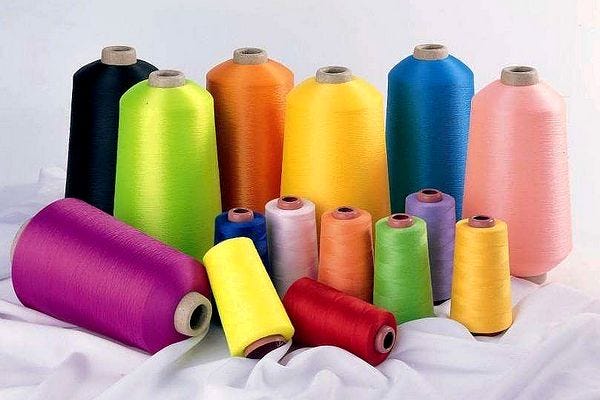Textile costs rise? India's US sourcing plan sparks concerns

In a move to recalibrate its trade balance with the US, India is exploring a strategic shift in sourcing key textile materials. Reports suggest that imports of high-end fibers from China, along with cotton and other materials from Turkey and New Zealand, may be reduced in favor of US-based suppliers. This change aims to strengthen trade ties with the US and reduce dependency on specific regions. However, the shift creates economic challenges, including cost implications and supply chain disruptions, requiring a thorough evaluation before implementation.
Rethinking synthetic fiber imports
India’s textile industry depends on high-performance synthetic fibers—such as polyesters, nylons, and aramid fibers—sourced primarily from China, Taiwan, and Germany. These materials are essential for producing technical textiles, protective gear, and industrial applications. Moving to US suppliers could help India diversify its sourcing strategy, reducing reliance on Chinese imports.
However, the transition comes with challenges. US-produced synthetic fibers tend to be more expensive than those from China or Taiwan, potentially increasing production costs for Indian manufacturers. Additionally, ensuring that US suppliers can provide the same fiber quality and types is crucial. Logistics and supply chain adjustments will be needed to maintain efficiency and cost-effectiveness.
Cotton sourcing, a complex shift
India imports cotton from multiple countries, including Egypt (renowned for its long-staple cotton) and Australia (known for high-quality, sustainably grown cotton). The US, as a leading global cotton producer, could become a key supplier for India’s textile sector.
However, the transition is not straightforward. Egyptian cotton is prized for its superior fiber length and quality, often used in luxury textiles. Similarly, Australian cotton enjoys a reputation for its sustainability and consistent quality. Any shift towards US cotton must account for these factors to ensure a seamless transition in textile production. Additionally, global cotton price fluctuations remain a concern, meaning US sourcing will not necessarily mitigate pricing risks.
Cost implications for the industry
A shift in sourcing strategies could directly impact the cost of finished textile and apparel products. If US synthetic fibers and cotton come at a higher cost, Indian manufacturers may struggle to maintain their competitive pricing in global markets. At the same time, if the US can provide superior quality materials, Indian textile exports could be repositioned as high-value premium products.
The trade-off between cost and quality is a critical consideration. A sudden shift could disrupt established supply chains, affecting production timelines and profitability. Furthermore, India must carefully balance its trade relationships—strengthening ties with the US while maintaining partnerships with existing suppliers.
Trade relations and economic strategy
Beyond the textile sector, this shift is part of a broader trade strategy between India and the US. Reducing India’s trade surplus with the US could open doors for improved bilateral agreements, leading to potential market access benefits for Indian exporters. However, the looming risk of reciprocal tariffs adds an element of uncertainty, potentially impacting trade dynamics.
Additionally, logistics and infrastructure will play a key role. Ensuring smooth, cost-effective transportation of raw materials from the US to India is essential for this strategy to be viable. Any inefficiencies could further raise costs, undermining the intended benefits of the shift.
Opportunities and the road ahead
While challenges exist, the potential benefits of diversifying sourcing cannot be ignored. Expanding partnerships with US suppliers could enhance supply chain resilience, reducing dependence on any single region. Strengthening US-India trade relations might also unlock new opportunities for collaboration in textile innovation and technology.
For Indian manufacturers, the key to success will be strategic partnerships with US-based textile companies, enabling technology exchange and smoother supply chain integration. Government support, including incentives and policy frameworks, will also be critical in ensuring a smooth transition.
Ultimately, while shifting textile sourcing to the US presents economic and logistical hurdles, it also offers long-term strategic advantages. Careful planning and execution will determine whether this pivot strengthens India’s position in the global textile industry or introduces new complexities in an already competitive landscape.
